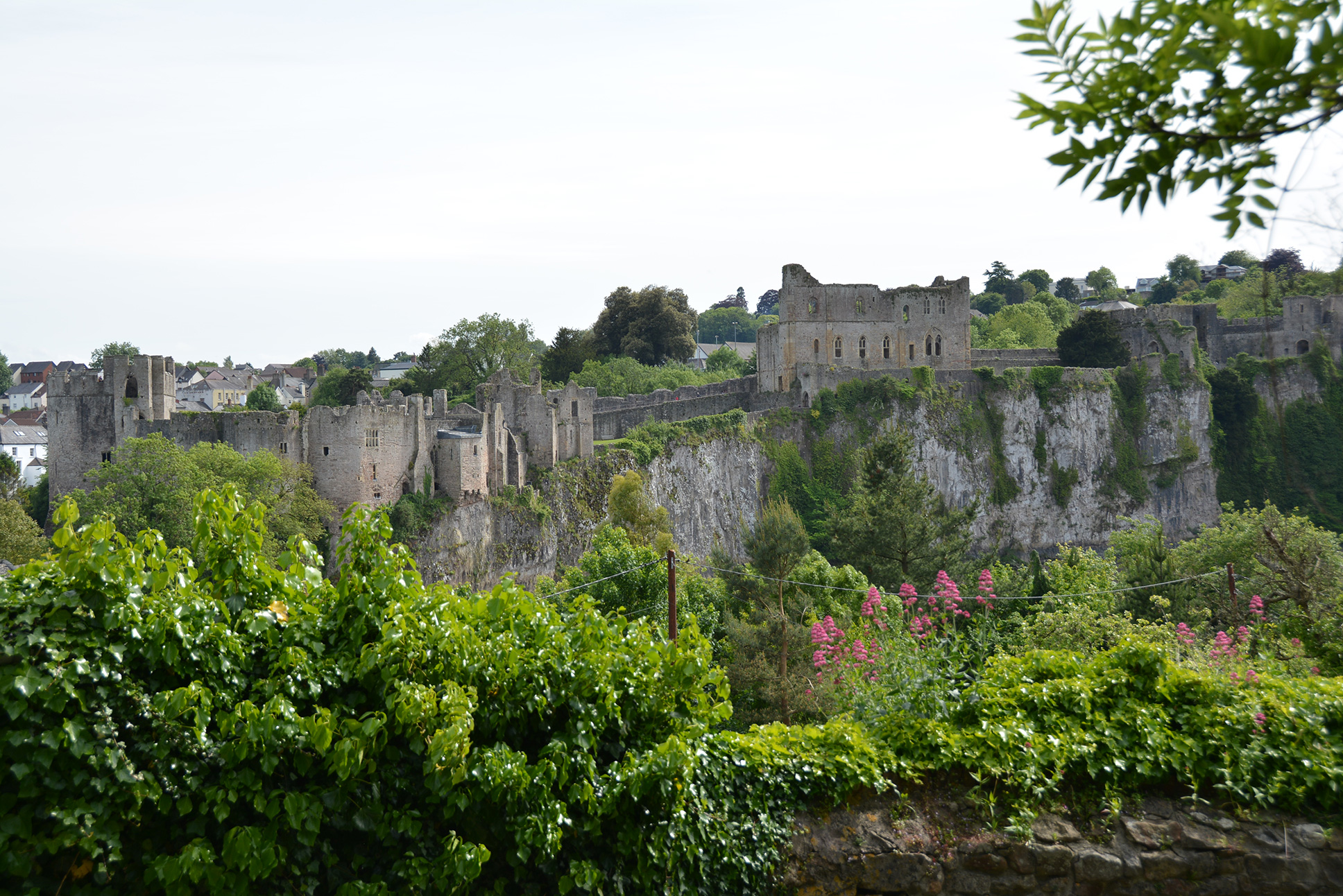Ghosts of Chepstow Castle
Chepstow Castle was built by William FitzOsbern in 1067 and was one of the first Norman Strongholds in Wales. In its 900-year history, it was home to some of the most powerful men in England and Wales, including Charles Somerset (Earl of Worcester), Roger Bigod (Earl of Norfolk), Richard de Clare and William Marshal (Earl of Pembroke). Most historians consider William Marshal England's greatest knight.

Chepstow Castle was used in the conquest of Gwent in the 12th century, garrisoned troops in 1403 in response to the rebellion of Owain ap Gruffydd, saw action in the English Civil War, and served as a prison in the aftermath of the English Civil War.
The castle is still home to a few spirits that roam its ruinous corridors. Visitors have reported hearing disembodied voices and echoed footsteps when no one was around, doors slamming shut, and spectral figures roaming the great hall and castle grounds. Even distant sounds of revelry are heard in the hall, as though some medieval banquet or celebration is occurring. The most famous ghost lurking about Chepstow Castle is that of Henry Marten.
Henry Marten was an English politician who sat in the House of Commons and a staunch Roundhead who stood against King Charles I of England during and after the English Civil War. He was one of the most prominent Commissioners to sign the king's death warrant in 1649. He was active in establishing the Commonwealth and trying to destroy any fragments of the Monarchical system.
When the Monarchy was restored and Charles II took the throne, Henry Marten was put on trial and found guilty of taking part in the king's death. He was sentenced to be hanged, drawn, and quartered. However, his sentence was commuted, and escaping the death penalty, he was taken to Windsor Castle to be held as a prisoner. Charles II did not like him so close and ordered he be moved further away, so Marten was sent to Chepstow Castle and held prisoner there for 12 years. On September 9th, 1680, Henry Marten died at Chepstow Castle after choking on his dinner.
He was buried beneath the entryway of the Priory and Parish Church of St Mary in Chepstow. Still, his spirit remains at Chepstow Castle, with reported ghostly encounters going back over a century. Castle staff have felt uneasy and sometimes felt a presence associated with Marten. Lights flicker, sudden drops in temperature, moving objects in the prison cells, and shadowy figures in the tower that once held Marten have been reported through the years. The tower, Marten's Tower, now carries his name.
